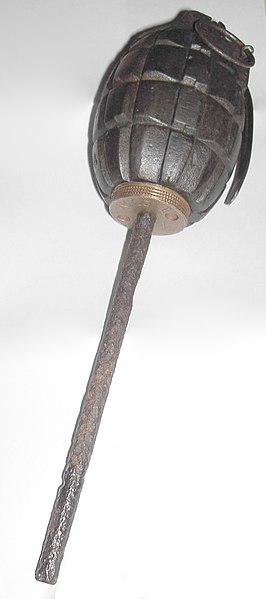
Tear Gas
The French were actually the first to use gas, throwing grenades of tear-gas at the Germans. Tear gas is just an irritant and is not actually fatal. A few months later, the Germans fired gas at the French that made them sneeze.In the winter of 1914, the Germans attempted to use liquid tear gas on the Russians, but instead of vaporizing, it froze.
Poison Gas
In April of 1915, the Germans launched chlorine gas at the British and French. They thought that the gas was suppose to mask an attack by the Germans and ordered the soldiers to get ready for an attack. The chlorine gas burns the lungs, throat, nose and mouth causing the victims to suffocate and choke. The chlorine also mixes with the water in the lungs to make hydrochloric acid, which is corrosive to the skin and very damaging to inner organs. If the wind was blowing the wrong way, then the gas would be blown right back at the attacker. Chlorine gas is also very easily avoided. It is only fatal if it is inhaled and is can be smelled and seen very easily. A simple wet cloth blocking the mouth and nose from the gas was effective enough.

Phosgene was the next gas to be used. Phosgene was discovered in 1812 by John Davy. It was used in WWI chemical warfare in 1915 by the French. Phosgene is colorless and is not as easily detected. It can't be smelled very easily and it works slower. A healthy soldier might not show symptoms for another two days. Phosgene has a very similar effect of Chlorine. It causes the victims to choke and cough, just Phosgene is slower and not as violent. This made it difficult to treat because soldiers often didn't know they were poisoned with it. Phosgene was also easy to avoid, as long as you knew you were getting attacked with it, because it also needed to be inhaled to have an effect.

Mustard gas was developed by the Germans and first thrown at the Russians. Mustard gas has little smell, and is colorless when not mixed with other chemicals. But Mustard gas does not need to be inhaled to have an effect on the victims. Mustard gas causes external blistering on exposed areas and on the eyes. Muster gas also caused internal and external bleeding and vomiting. In the lungs, mustard gas stripped the mucous membrane off the bronchial tubes, making it painful and difficult to breathe. The blisters caused the victims throats to close up and many died of suffocation. Despite all of this damage, it often took four or more
weeks to for the victims to die.

The British and French copied the Germans in the use of Mustard gas against them and both sides had planned on having 30-50% of their shells filled with gas, but the war ended before that ever happened. Mustard gas can contaminate the ground for weeks or months at a time, making it difficult or pointless to take over a new area they just gassed. Clothing could also get contaminated, spreading it from soldier to soldier by the touch.
By the end of the war, Germans won the contest for throwing the most gas, using a total of 68,000 tons of gas. The French used 36,000 tons and the British fired 25,000 tons of gas.
The Gas Mask

The British hypo-mask were simply a cloth with glass eye pieces. The cloth was dipped in sodium hyposulphite, washing soda, glycerine and water to help resist gas.
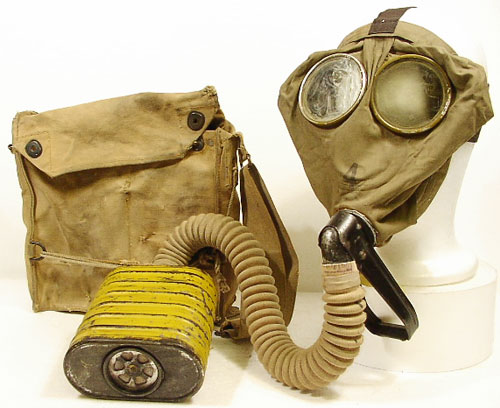
"These first minutes with the mask decide between life and death: is it air-tight? I remember the awful sights in the hospital: the gas patients who in day-long suffocation cough up their burnt lungs in clots" (Remarque 68).


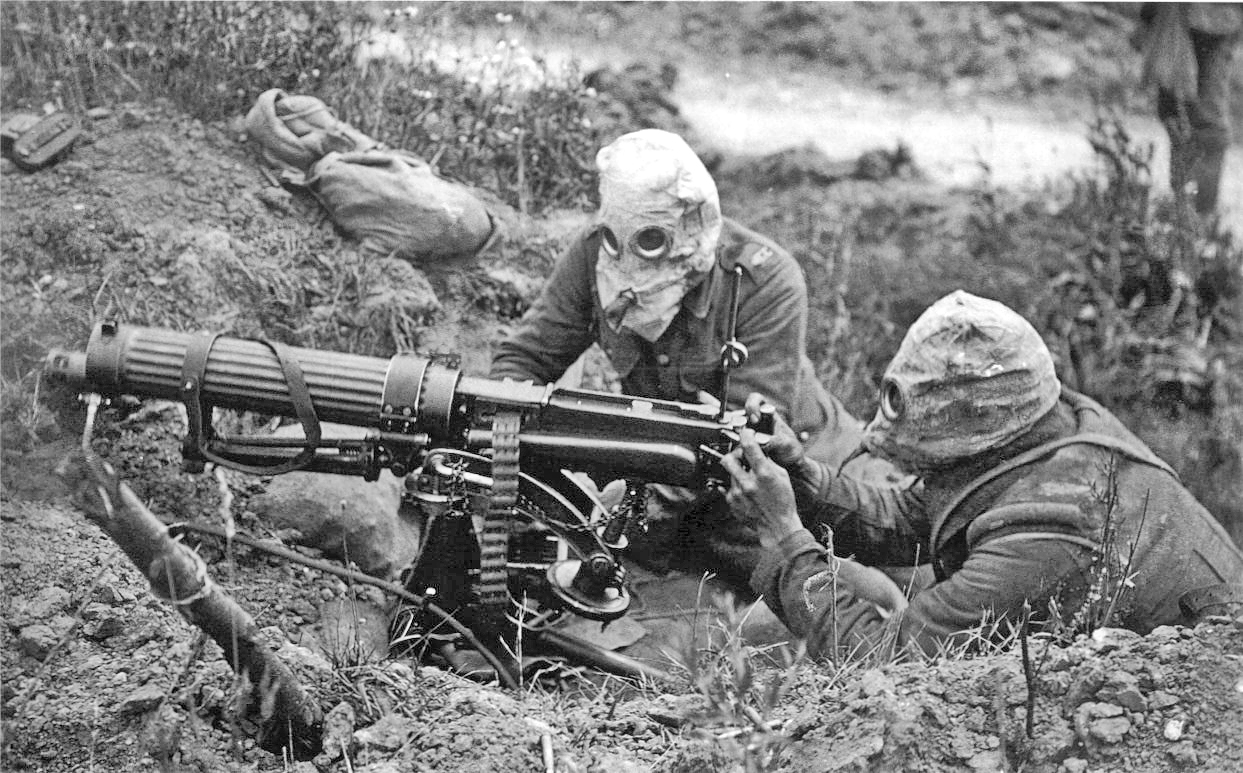





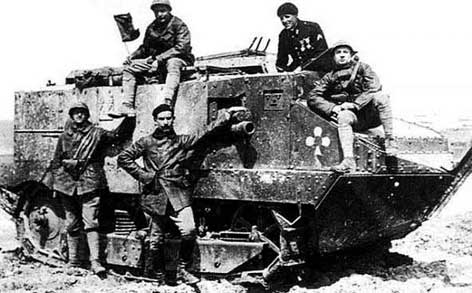





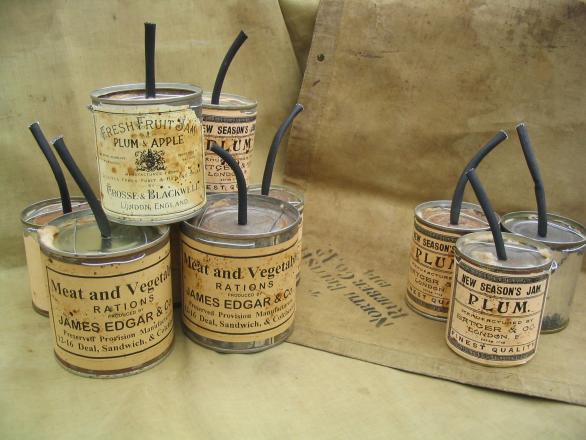
 In fact, these grenades have a danger range farther than the throwing range, so the thrower has to take cover quickly. The Mill's bomb has a strong spring to drive the striker, which is held back by the safety lever, which is held back by the pin. The striker hits the fuse, giving it the delay and detonation.These were so popular, that over 70 million were shipped out to the front to be thrown at the Germans.
In fact, these grenades have a danger range farther than the throwing range, so the thrower has to take cover quickly. The Mill's bomb has a strong spring to drive the striker, which is held back by the safety lever, which is held back by the pin. The striker hits the fuse, giving it the delay and detonation.These were so popular, that over 70 million were shipped out to the front to be thrown at the Germans.